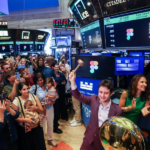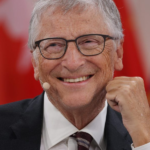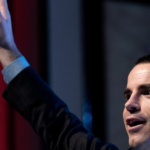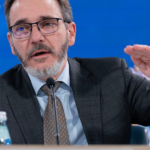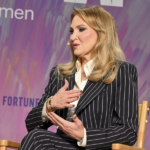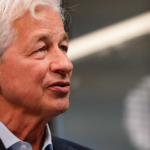As the U.S. labor market shows clear signs of stalling, one of Wall Street’s leading strategists is sounding a sharp warning: With America’s workforce in a demographic crunch and historic changes in immigration policy underway, it is “quite possible that the next five years will see no growth in workers at all.”
The implications, according to David Kelly, chief global strategist at JPMorgan Asset Management, are profound for the Federal Reserve and for investors—chief among them, the need for exceptional caution before lowering interest rates.
Kelly also highlighted signs of tightness in the labor market, namely the decline in the labor participation rate from 62.65% in July 2024 to 62.22% in July 2025. That translates to almost 1.2 million fewer people ages 16 and over who are working or actively looking for a job.
He attributed about half this decline to Americans aging into retirement, but noted the participation rate has also fallen among those ages 18 to 54.
The aging population and declining labor participation also speak to a deeper, structural challenge that will persist well into the future.
This squeeze comes at a time when the Federal Reserve is under immense political pressure to lower interest rates, with President Trump and his allies calling for easier money to offset the effects of new tariffs and support flagging markets.
He observed that U.S. economic growth has averaged 2.1% per year since the beginning of the 21st century, largely driven by a 0.8% annual increase in the workforce.
“Starting from a point of roughly full employment, given the continued retirement of the baby boom and considering the possibility that deportations and voluntary departures of immigrants entirely offset new immigration in the next few years, it is quite possible that the next five years will see no growth in workers at all,” he added.
If this happens, the economy will grow more slowly, Kelly predicted, “but will only be capable of growing more slowly without igniting higher inflation.”
Investors, Kelly said, “should no longer bet broadly on a strongly rising U.S. economic tide or lower interest rates.”
For this story, Fortune used generative AI to help with an initial draft. An editor verified the accuracy of the information before publishing.



